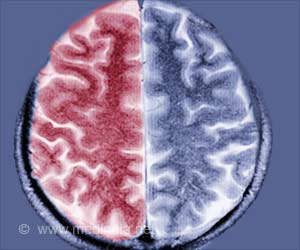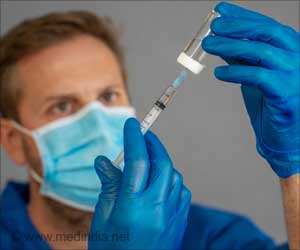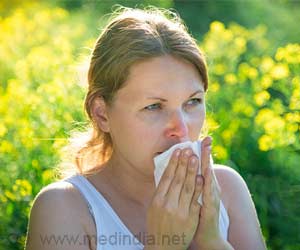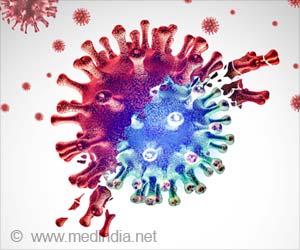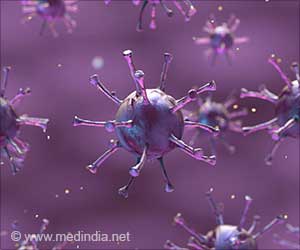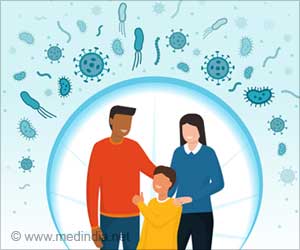In hospital settings staff areas, public areas, toilets and bathrooms- showed high viral loads however only a few samples were capable of causing infections.

‘In hospital settings staff areas, public areas, toilets and bathrooms, staff areas and public areas showed high viral loads however, only a few samples were capable of causing infections. In rooms with low ventilation and isolation wards, aerosols of COVID-19 were detected.’
Read More..




The air samples were collected from 5 classes of the hospital areas: close patient environments like patient rooms or bays, toilet or bathroom, clinical areas like workstations, anterooms or buffer rooms, corridors, and other spaces in the clinical unit, staff areas like changing rooms, staff rooms including office, meeting rooms, dining rooms, and other staff areas, public areas like hallways and other indoor and outdoor public areas. Read More..
It was found that the air close to and distant from patients with COVID-19 was frequently contaminated with SARS-CoV-2 RNA. However, only a few of these samples contained viable viruses that were capable of causing infection.
High viral loads were found in toilets and bathrooms, staff areas, and public hallways.
Patient rooms and PPE removal rooms had high concentrations per titer of SARS-CoV-2. The rooms receiving low ventilation like toilet and staff rooms and in isolation wards, aerosols of SARS-CoV-2 RNA were detected.
Preventive measures are required to avoid COVID-19 transmission in high viral load rooms like toilets and/or bathrooms, staff areas and public hallways.
Advertisement

